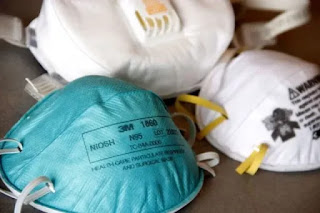Aerial refueling, also referred to as air refueling, in-flight refueling (IFR), air-to-air refueling (AAR), and tanking, is the process of transferring aviation fuel from one military aircraft (the tanker) to another (the receiver) during flight.
The procedure allows the receiving aircraft to remain airborne longer, extending its range or loiter time on station. A series of air refuelings can give range limited only by crew fatigue and engineering factors such as engine oil consumption. Because the receiver aircraft can be topped up with extra fuel in the air, air refueling can allow a takeoff with a greater payload which could be weapons, cargo, or personnel: the maximum takeoff weight is maintained by carrying less fuel and topping up once airborne. Alternatively, a shorter take-off roll can be achieved because take-off can be at a lighter weight before refueling once airborne. Aerial refueling has also been considered as a means to reduce fuel consumption on long distance flights greater than 3,000 nautical miles (5,600 km; 3,500 mi). Potential fuel savings in the range of 35-40% have been estimated for long haul flights (including the fuel used during the tanker missions).
The two main refueling systems are probe-and-drogue, which is simpler to adapt to existing aircraft, and the flying boom, which offers faster fuel transfer, but requires a dedicated operator station.
Usually, the aircraft providing the fuel is specially designed for the task, although refueling pods can be fitted to existing aircraft designs if the "probe-and-drogue" system is to be used. The cost of the refueling equipment on both tanker and receiver aircraft and the specialized aircraft handling of the aircraft to be refueled (very close "line astern" formation flying) has resulted in the activity only being used in military operations. There is no known regular civilian in-flight refueling activity. Originally employed shortly before World War II on a very limited scale to extend the range of British civilian transatlantic flying boats, and then after World War II on a large scale to extend the range of strategic bombers, aerial refueling since the Vietnam War has been extensively used in large-scale military operations for many different military aircraft operations. For instance, in the Gulf War and the Iraqi invasion of Kuwait and the Iraq War, all coalition air sorties were air-refueled except for a few short-range ground attack sorties in the Kuwait area.
Types of aerial refueling systems :
Types of aerial refueling systems :
Is the aerial refuelling worth it ?
In some contexts, the economics depends on how special the aircraft you're refueling is.
Consider something like an AWACS mission. You have this very complex specialized aircraft, with a large, highly trained, crew in addition to the flight crew. If you didn't refuel that during the mission, it might need to spend a lot of its active hours being unproductive en route to and from the war. You would need more of them (and more crews) to reach any given level of in-theater coverage.
On the other hand with aerial refueling you need some tankers scuttling back and forth with fuel for your sentries. But they are cheaper and simpler to operate, cheaper and simpler to crew, and so forth. So even though you may use slightly more aircraft hours in total, the total costs can be lower.
This doesn't hold to just the same extent for fighters and bombers, because they have to return to base from time to time to stock up on munitions anyway. There are still "readyness" types of missions it would be relevant for. The price tag for an F-35 seems to be in about the same ballpark as for a KC-767, but a KC-767 can service many F-35s in a single mission, so having the tankers do the scuttling-back-and-forth can still be an economic win.
Also, it's a good thing for a fighter that gets into combat not to be lugging around enough fuel to get all the way home by itself.


No comments:
Post a Comment